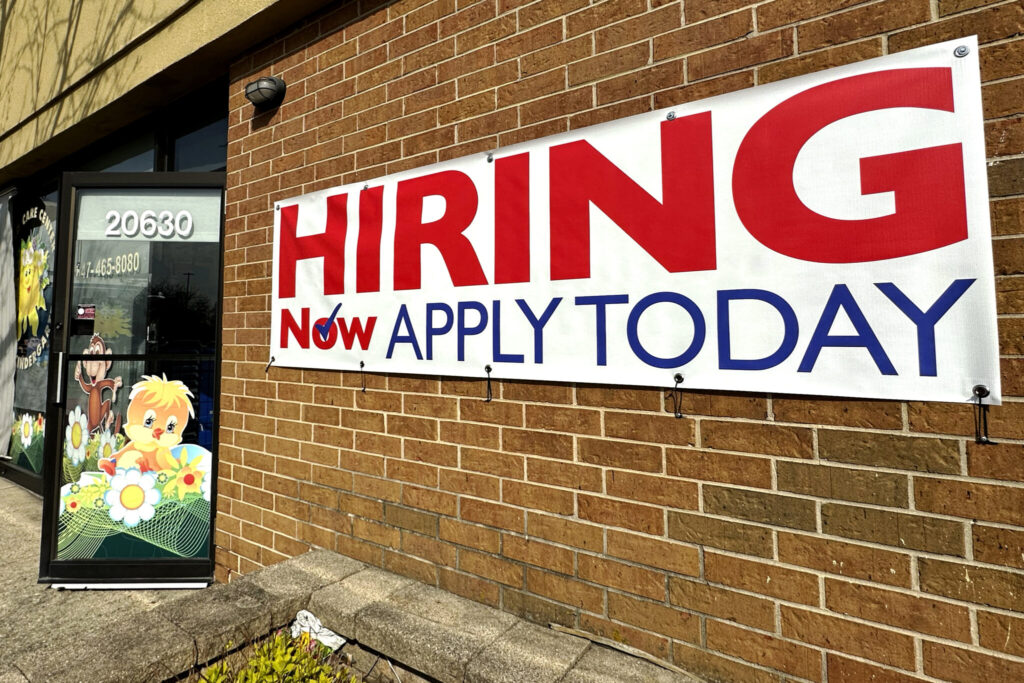Fewer people applied for unemployment benefits last week but the total number of Americans collecting jobless benefits rose to the highest level in more than two years. The Labor Department reported Thursday that jobless claims for the week ending June 22 fell by 6,000 to 233,000 from 239,000 the previous wee
Quick Read
- Weekly Jobless Claims: Fell by 6,000 to 233,000 for the week ending June 22.
- Total Collecting Benefits: Rose to 1.84 million, the highest level since November 2021.
- Labor Market Trends: Despite fewer weekly claims, the number of continuous claims has increased for eight consecutive weeks.
- Federal Reserve Actions: Raised rates 11 times since March 2022 to combat high inflation and cool the labor market.
- Economic Resilience: Recession avoided due to strong consumer demand and a robust labor market.
- Recent Data Indications: Signs of potential weakening with higher jobless claims in June and an uptick in the unemployment rate to 4% in May.
- Job Postings: Dropped to their lowest level since 2021 in April.
- Four-Week Average: Rose by 3,000 to 236,000, indicating a trend of increasing claims.
The Associated Press has the story:
US weekly jobless claims fall, but total number collecting benefits is the most since 2021
Newslooks- (AP)
Fewer people applied for unemployment benefits last week but the total number of Americans collecting jobless benefits rose to the highest level in more than two years. The Labor Department reported Thursday that jobless claims for the week ending June 22 fell by 6,000 to 233,000 from 239,000 the previous week.
However, the total number of Americans collecting unemployment benefits rose for the eighth straight week, to 1.84 million, for the week of June 15. That’s the most since November of 2021.
The Federal Reserve raised its benchmark borrowing rate 11 times beginning in March of 2022 in an attempt to extinguish the four-decade high inflation that shook the economy after it rebounded from the COVID-19 recession of 2020. The Fed’s intention was to cool off a red-hot labor market and slow wage growth, which can fuel inflation.
Many economists had expected the rapid rate hikes would trigger a recession, but that’s been avoided so far thanks to strong consumer demand and sturdier-than-expected labor market.
But recent government data suggest that some cracks are beginning to show.
Applications for jobless benefits are trending higher in June after mostly staying below 220,000 this year. The unemployment rate ticked up to 4% in May, despite the fact that America’s employers added a strong 272,000 jobs last month. Job postings for April hit their lowest level since 2021.
Thursday’s report from the Labor department showed that the four-week average of claims, which softens some of the week-to-week volatility, rose by 3,000 to 236,000.







